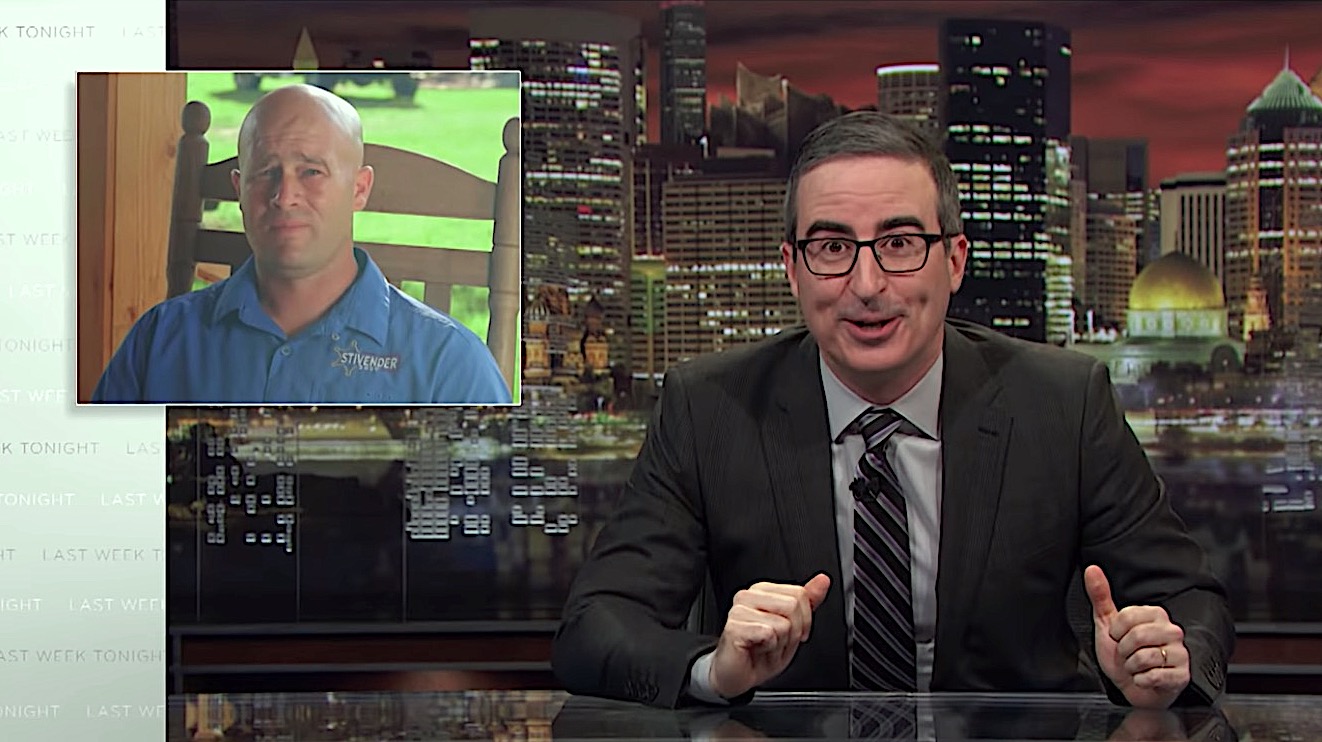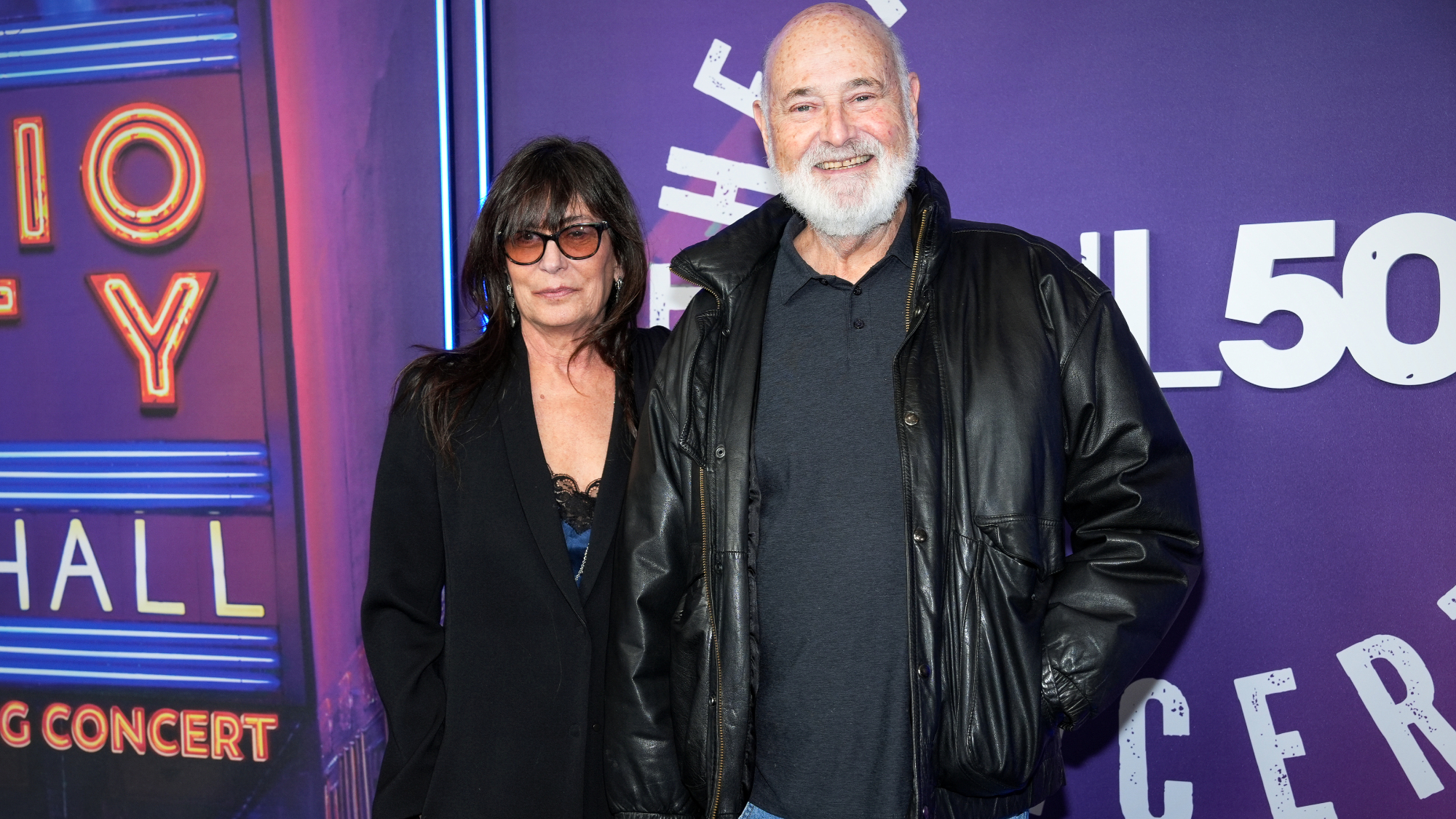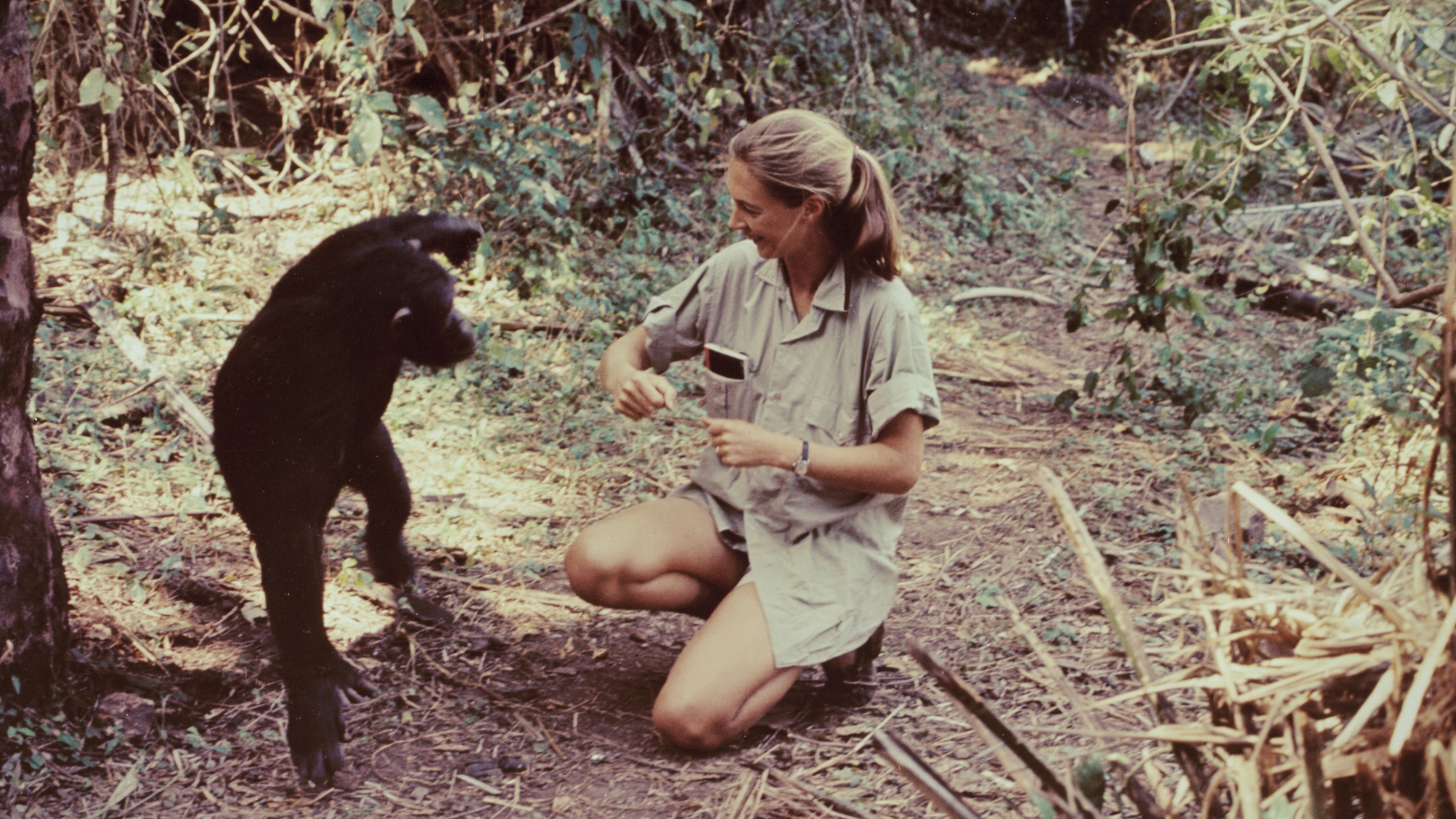John Oliver explains sheriffs, urges viewers to research if theirs is 'good, bad, or a total weirdo'


"When you hear the word 'sheriff,' most of us have two immediate associations: One, a Western lawman who handled cattle rustlin' and other livestock-related crimes, and two, Joe Arpaio, the infamously anti-immigrant sheriff," John Oliver said on Last Week Tonight. There are more than 3,000 sheriffs around the U.S., "and generally speaking, they run law enforcement at a county level," he added. "Cities or towns might have their own police departments as well, but in many areas, sheriffs are the only law enforcement around."
Sheriffs "oversee a lot of officers — around 25 percent of local law enforcement officers," Oliver said. "That's one-in-four cops. And depending on where you live, your sheriff might be good, bad, or a total weirdo." He had examples of all three types, and the last two categories were frequently intertwined.
Sheriffs are generally elected, "and once in office, sheriffs hold much more power than you may realize," Oliver said, "so with over 1,000 sheriff elections this year, possibly where you live, we thought tonight might be a good time to take a look at this job." In many states, sheriffs are constitutionally empowered to form posses and deputize anyone, but they exercise a lot of power by setting law enforcement priorities in a county — for good or bad — and operate the local jail with a lot of leeway. "Removing a sheriff between elections is almost impossible," he said, "so sheriffs operate with a lot of impunity," and "sheriff elections, like most down ballot elections, do not receive nearly enough attention, and often, they aren't even competitive." Oliver encouraged viewers to at least Google who their sheriff is and get a sense of whether he or she fits in the good, bad, or total weirdo category — and this being John Oliver, there is ample NSFW language and some extended jokes about bestiality. Watch below. Peter Weber
The Week
Escape your echo chamber. Get the facts behind the news, plus analysis from multiple perspectives.

Sign up for The Week's Free Newsletters
From our morning news briefing to a weekly Good News Newsletter, get the best of The Week delivered directly to your inbox.
From our morning news briefing to a weekly Good News Newsletter, get the best of The Week delivered directly to your inbox.

A free daily email with the biggest news stories of the day – and the best features from TheWeek.com
Peter has worked as a news and culture writer and editor at The Week since the site's launch in 2008. He covers politics, world affairs, religion and cultural currents. His journalism career began as a copy editor at a financial newswire and has included editorial positions at The New York Times Magazine, Facts on File, and Oregon State University.
-
 Childhood vaccines: RFK Jr. escalates his war
Childhood vaccines: RFK Jr. escalates his warFeature The health secretary cut the number of recommended childhood vaccines from 17 to 11
-
 Jan. 6: Ultimately a success?
Jan. 6: Ultimately a success?Feature The White House website offers a revisionist history of the Jan. 6 coup attempt
-
 Renee Good: A victim of ICE’s dangerous tactics?
Renee Good: A victim of ICE’s dangerous tactics?Feature The 37-year-old mom was killed in Minneapolis, sparking protests around the country
-
 ‘One Battle After Another’ wins Critics Choice honors
‘One Battle After Another’ wins Critics Choice honorsSpeed Read Paul Thomas Anderson’s latest film, which stars Leonardo DiCaprio, won best picture at the 31st Critics Choice Awards
-
 A peek inside Europe’s luxury new sleeper bus
A peek inside Europe’s luxury new sleeper busThe Week Recommends Overnight service with stops across Switzerland and the Netherlands promises a comfortable no-fly adventure
-
 Son arrested over killing of Rob and Michele Reiner
Son arrested over killing of Rob and Michele ReinerSpeed Read Nick, the 32-year-old son of Hollywood director Rob Reiner, has been booked for the murder of his parents
-
 Rob Reiner, wife dead in ‘apparent homicide’
Rob Reiner, wife dead in ‘apparent homicide’speed read The Reiners, found in their Los Angeles home, ‘had injuries consistent with being stabbed’
-
 Hungary’s Krasznahorkai wins Nobel for literature
Hungary’s Krasznahorkai wins Nobel for literatureSpeed Read László Krasznahorkai is the author of acclaimed novels like ‘The Melancholy of Resistance’ and ‘Satantango’
-
 Primatologist Jane Goodall dies at 91
Primatologist Jane Goodall dies at 91Speed Read She rose to fame following her groundbreaking field research with chimpanzees
-
 Florida erases rainbow crosswalk at Pulse nightclub
Florida erases rainbow crosswalk at Pulse nightclubSpeed Read The colorful crosswalk was outside the former LGBTQ nightclub where 49 people were killed in a 2016 shooting
-
 Trump says Smithsonian too focused on slavery's ills
Trump says Smithsonian too focused on slavery's illsSpeed Read The president would prefer the museum to highlight 'success,' 'brightness' and 'the future'
